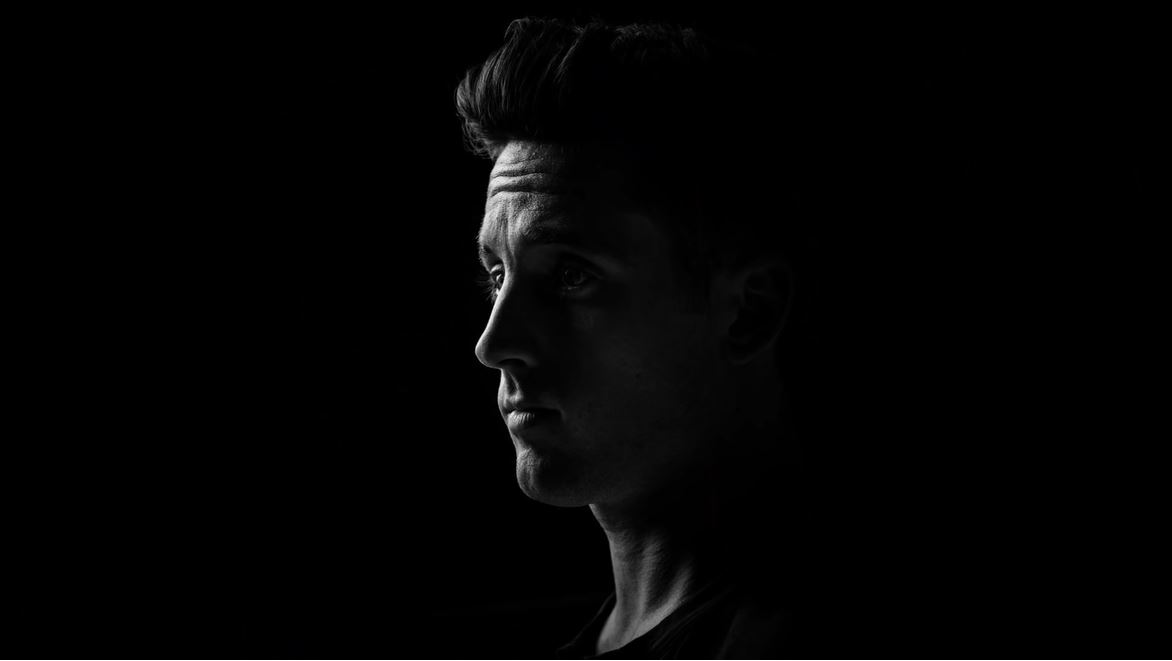Last Updated on 10/15/2018 by Joy Celine Asto
This quick video, featuring entertainment and fashion photographer Michael Muller, will show you how to work with lighting to make outstanding portraits.
Still in the dark when it comes to working with different kinds of lighting for portrait photography? Then, we’ve got just the right stuff to inspire and enlighten you. In his quick video, Sawyer Hartman brings us to his shoot with leading entertainment and fashion photographer Michael Muller, who gives us an idea on how he works with lighting to get stunning portraits.
First things first: if the name Michael Muller doesn’t ring a bell to you, his photos probably will. You’ve most likely seen some of the most iconic photos he has taken throughout his more than four decades-long career. With that in mind, it’s easy to see why Hartman said that what is second nature to this master photographer could be career-changing for anyone still learning the ropes of working with lighting.
So, let’s get right into it — watch and learn:
While we can’t possibly know everything there is to learn about how to work with lighting in a single video, Hartman made sure to ask Muller about the three basic setups that every photographer should know about.
First, is a really basic single light setup for headshots, which as Muller noted, is very important for every photographer. With this, you’ll be able to achieve some good amount of contrast on your subject. If you switch angles or change the position of your subject and you can achieve a more dramatic result. Find more tips about working with single lighting setup here.
Next is natural light or available light, which especially comes in handy if you work in a studio with plenty of natural light, or you decide to shoot outdoors. If you’ve got a garage, you can certainly work there, making sure that you have your subject positioned on the brightest lit area to take advantage of the natural light.
Lastly, there’s working with a mobile, battery-powered flash, which you can use in tandem with natural light when shooting outdoors, or with other studio lighting equipment.
Other tips from Muller include spending — or investing, rather — on great glass, leaving room for shooting outside of your subjects’ or clients’ comfort zones, and getting inspired by the moment you’re shooting.
Check out Sawyer Hartman’s YouTube channel for more of his tips and tutorials on photography and more.
Screenshot image from the video by Sawyer Hartman


